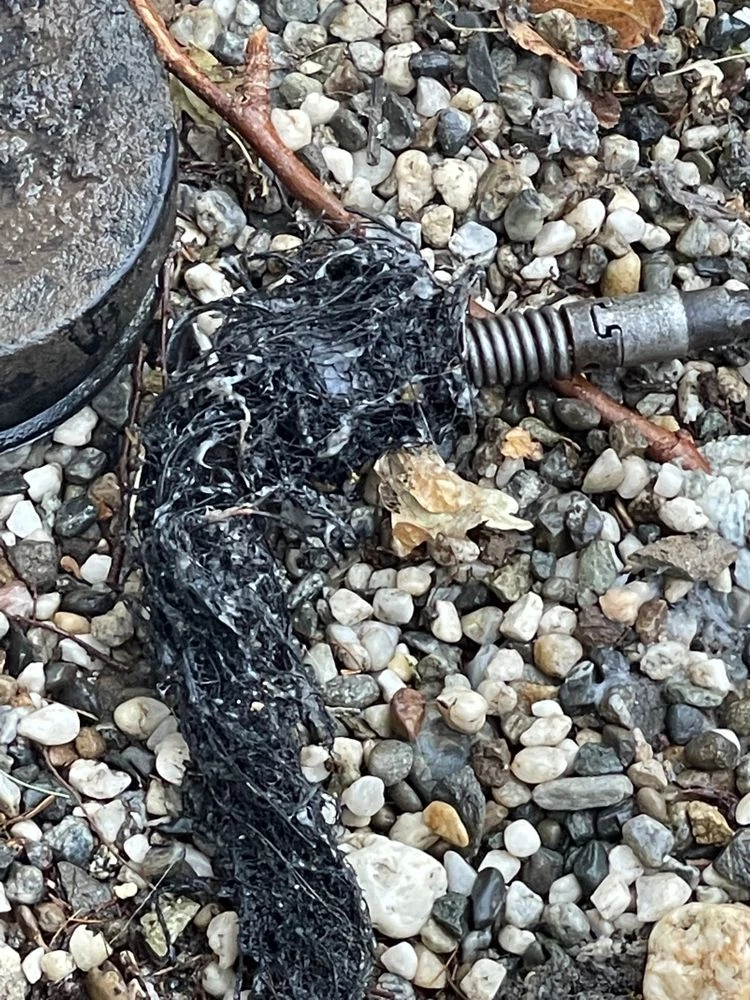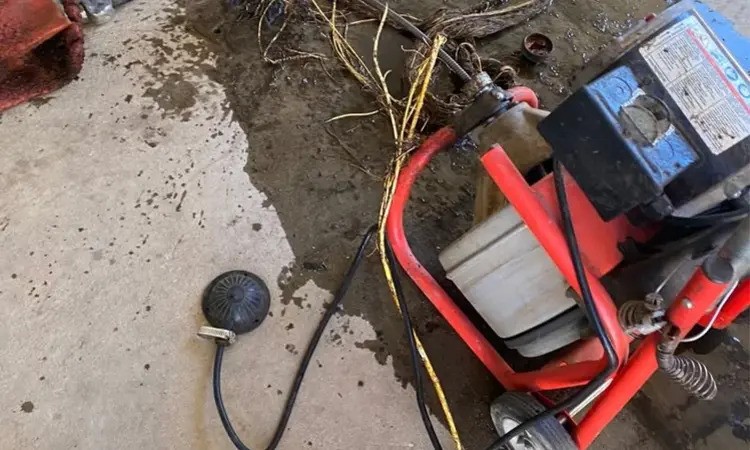Roots in sewer lines can lead to significant plumbing issues and costly repairs. Tree roots seek moisture and nutrients, often invading sewer lines, causing blockages and damage. Homeowners should be aware of the signs of root intrusion, such as slow drains, gurgling sounds, or sewage backups, which can indicate a more serious problem.
Addressing tree roots in sewer lines requires prompt attention to prevent further complications. Various methods exist for managing this issue, including chemical treatments, mechanical removal, and professional inspections. Understanding these options can help homeowners make informed decisions about maintaining their plumbing systems.
Taking proactive measures to prevent root intrusion can save time and money. Regular maintenance and awareness of nearby trees can significantly reduce the risk of roots causing havoc in sewer lines. With the right knowledge, homeowners can effectively combat this common problem and ensure the longevity of their plumbing systems.
Understanding Roots in Sewer Lines
Tree roots often seek moisture and nutrients, which can lead them to infiltrate sewer lines. This intrusion can create significant problems for homeowners, ranging from plumbing issues to costly repairs. Identifying the causes and consequences of root intrusion is crucial for effective management.
Causes of Root Intrusion
Roots from trees and shrubs can infiltrate sewer lines primarily in search of water and nutrients. Cracks, leaks, or joints in the pipes provide an entry point for roots.
Some common factors contributing to root intrusion include:
- Soil Type: Certain soil types retain moisture better, attracting roots.
- Tree Species: Fast-growing species like willows and maples are particularly aggressive seekers of water.
- Pipe Condition: Aging or damaged pipes are more susceptible to root invasion.
Maintaining a safe distance between trees and sewer lines is essential in minimizing the risk of intrusion.
Typical Damage and Consequences
When roots invade sewer lines, they can cause severe damage. The roots can grow inside the pipes, leading to blockages. This accumulation can cause sewage backup into homes, resulting in unpleasant odors and potential health hazards.
Common symptoms of root intrusion include:
- Slow Drains: Persistent slow drainage can indicate a blockage.
- Foul Odors: Unpleasant smells may suggest leakage due to root damage.
- Standing Water: Water pooling in yards or around sewer cleanouts indicates possible issues.
Ignoring these signs can lead to expensive repairs, with sewer line replacements costing between $1,253 to $4,701. Regular inspections can help mitigate these risks and prevent costly consequences.

Management and Prevention
Effective management and prevention strategies are essential for addressing roots in sewer lines. By utilizing proper inspection techniques, exploring repair options, and implementing preventive measures, homeowners can minimize damage and prolong the lifespan of their sewer systems.
Inspection and Diagnosis Techniques
Regular inspections play a crucial role in identifying tree root intrusion early. Homeowners should consider scheduling annual professional assessments to detect any underlying issues.
Common techniques include:
- Video Camera Inspections: A small camera is inserted into the sewer line to visually assess its condition, making it easier to detect roots and blockages.
- Physical Inspections: Physical checks of areas around the sewer line, such as unusually lush vegetation or standing water, can reveal potential root problems.
Proper diagnosis can save homeowners from costly repairs by addressing issues promptly.
Repair and Replacement Options
When tree roots invade sewer lines, immediate repair or replacement may be necessary. Options vary based on the extent of damage.
Common repair methods include:
- Root Cutting: Professionals can use specialized equipment to cut out intrusive roots from the sewer line, restoring flow without extensive excavation.
- Pipe Relining: This method involves inserting a liner into the damaged pipe, allowing for a smooth surface that reduces future root intrusion.
In severe cases, complete sewer line replacement might be needed, costing between $1,253 and $4,701, depending on the extent of the damage and local rates.
Preventive Measures and Long-Term Care
Adopting preventive measures can reduce the risk of future root issues. Homeowners should consider the following strategies:
- Root Barriers: Install physical barriers around sewer lines to deter root growth.
- Regular Chemical Treatments: Using root-killing foam can eliminate existing roots without harming surrounding trees.
Additionally, routine maintenance, such as flushing the sewer line with mixtures of salt, baking soda, and vinegar, can help keep the system clear. Regular monitoring and proactive care can extend the life of sewer systems significantly.
5 Star Plumbing LLC is your go-to solution for all plumbing needs near Sacramento. The company offer a wide range of services for homeowners, from routine maintenance to emergency repairs. Our team of skilled plumbers is available for same-day appointments, ensuring that your plumbing issues are addressed promptly.












